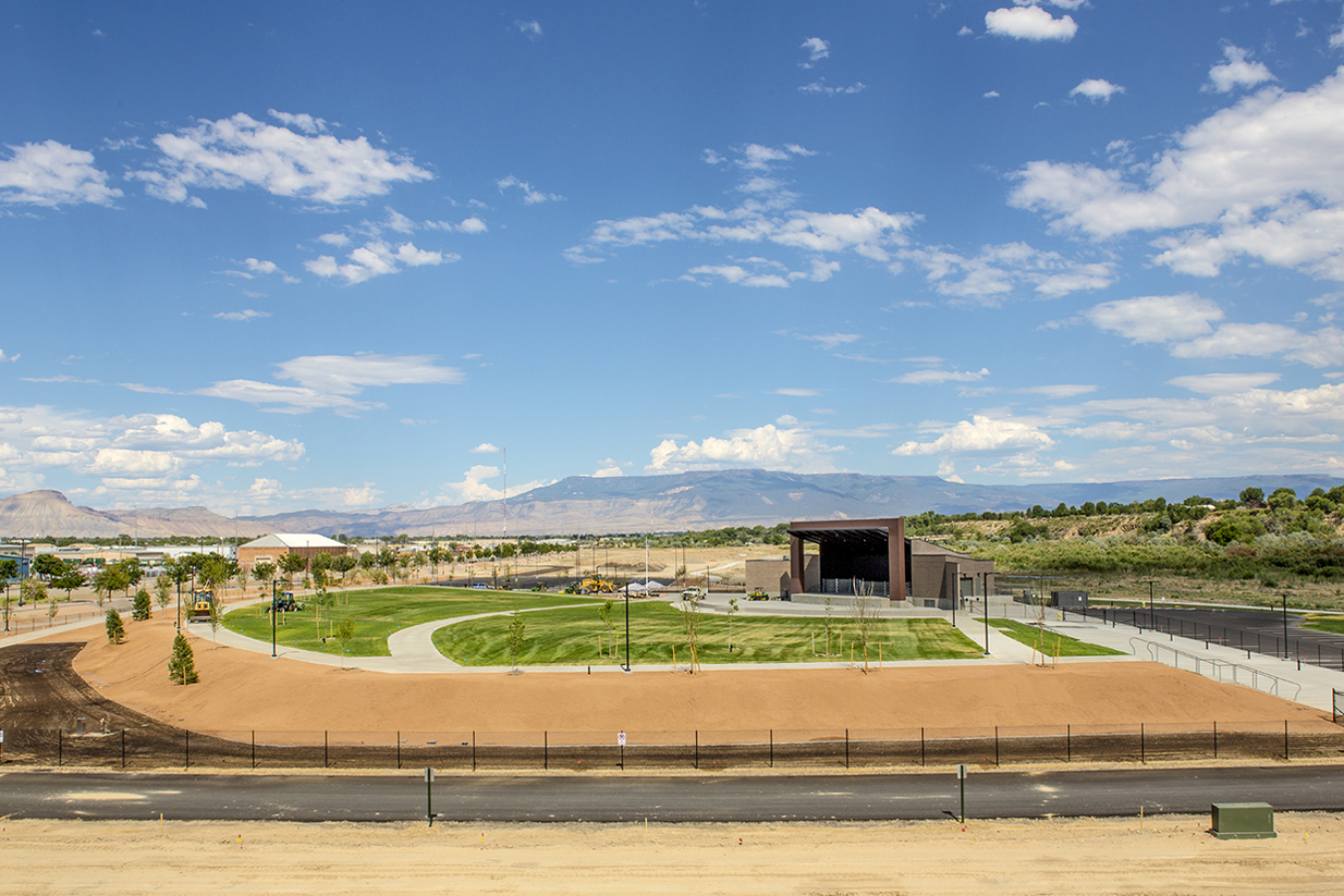DOE LM is currently revising its Beneficial Reuse Program.
June 16, 2017The U.S. Department of Energy (DOE) Office of Legacy Management (LM) is currently revising its Beneficial Reuse Program. The Program, which was created for the purpose of identifying productive uses of LM sites after they have been cleaned up, supports LM’s goal of maintaining environmental remedies and managing federal land in a manner that is protective of human health and the environment. Additionally, the program fulfills LM’s obligations to the public for long-term stewardship of these sites.
Under the Beneficial Reuse Program, land identified for reuse must be consistent with LM’s long-term surveillance and maintenance (LTS&M) responsibilities and obligations and shall protect the remedies in place.
The two main reuse considerations are:
- Protectiveness: Activities are compatible with long-term maintenance and ensure protection of public health and the environment
- Environmentally sound: Activities promote and retain good stewardship of natural resources
The Beneficial Reuse Program takes a holistic approach to assessing potential activities, considering the economic, social, and environmental benefits to LM and local communities. Revitalization of closed DOE sites has provided communities with job creation and new tax bases. Some sites may also spur additional economic revitalization in affected communities. Communities benefit by being involved in the revitalization process, whether through planning and zoning or obtaining expertise from local nonprofits and other organization to explore different available alternatives. LM is also able to facilitate good land stewardship, such as protecting remedies, deterring vandalism and trespassing, and utilizing and maintaining effective land-use controls. Ecological revitalization of LM sites may lead to enhanced habitat areas for threatened or endangered species, and opportunities for recreational use and partnerships with organizations, benefitting regional habitat preservation efforts.
As most LTS&M activities go on for decades, LM periodically reassesses potential reuses at sites as LTS&M progresses, and as the market and communities change over time. LM insists on good land stewardship and regular engagement with the public, local governments, and interested parties when initiating, developing, and sustaining reuse opportunities at its sites. Presently, LM is in the process of reevaluating all of its sites—including those transitioning in the next five years—and creating a baseline of all the current site reuses and screening sites based upon the types of reuses, to determine whether other opportunities exist.
Initially, beneficial reuse opportunities are assessed at the time a site transitions to LM. Several beneficial reuse activities have been successfully implemented at LM sites. One recent example is the Gunnison, Colorado, site where LM supported conservation by finalizing a right-of-way grant with the U.S. Bureau of Land Management that contains stipulations that not only protect the Gunnison Sage-grouse, but also ensure weed management and revegetation.

Another example of LM’s beneficial reuse is the 130-acre Las Colonias Park within the Greater Downtown Plan for the River District in Grand Junction, Colorado. The Plan identifies the River District as a critical community area connecting the riverfront to several underserved neighborhoods. The Climax Corporation operated a uranium mill in the area from 1950 to 1970. The mill site has since been cleaned up by DOE and turned over from the State of Colorado to the City of Grand Junction in 1997 for public use. The city’s plan for the land includes revitalizing a neglected riverfront area with a native arboretum, trail connections, riparian restoration, shelters, wetlands, parking, boat launch, and an outdoor amphitheater. The ambitious plan for the park will restore and enhance the banks of the Colorado River, celebrate the history of the area, and help revitalize the local economy.
By taking small steps like those noted in above examples, LM is making great strides toward reaching and potentially exceeding agency goals while adding value to impacted communities.

